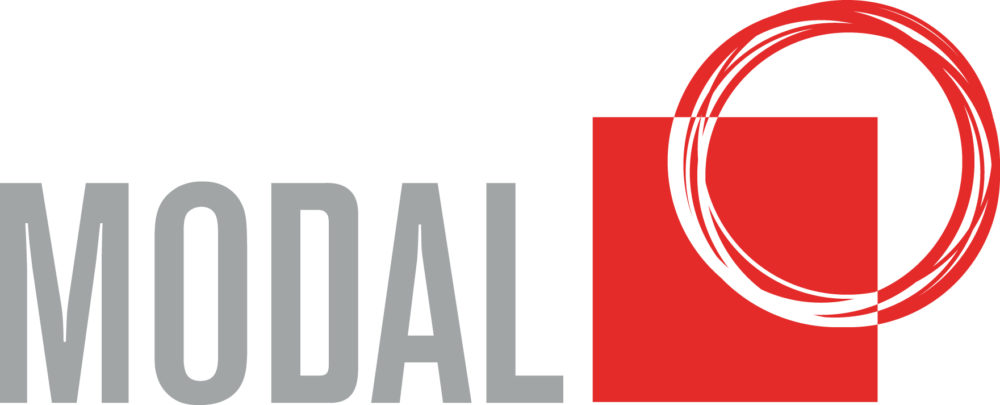We are familiar with burnout and may well be experiencing increased levels of stress due to dealing with crisis after crisis, putting out fires left, right and centre, and pivoting operations to match new demands.
Yet there are many people getting caught up in the opposite, boreout. These turbulent times are forcing us to be flexible, which can challenge engagement; people are working remotely and experiencing decreased face-to-face contact, job roles and tasks are less certain with constant change, and leaders and managers can get side-tracked from focusing on the personal development of their staff. Left unchecked, boreout leads to less productivity, less creativity, finding excuses to not finish work, and a basic lack of interest.
Steve Savels, Phsychologist, describes boreout: “You become irritated, cynical, and you feel worthless. Although you don’t have enough to do, or what you have to do is not stimulating you enough, you get extremely stressed. (…) With a boreout, you get stuck in your ‘comfort zone’ for too long, until your personal development comes to a halt.”
Based on the original stress curve developed in 1908 from psychologists Robert Yerkes and John Dodson to show the relationship between pressure and performance for Yerkes-Dobson Law, Delphis Learning created this image to illustrate the parallels between burnout and boreout.
At their extreme both conditions leave you exhausted, feeling empty, and unable to cope with the demands of work and life. Boreout can lead to a lack of performance and can negatively impact wellbeing.
As leaders and managers, we need to be aware of the signs and have strategies in place to deal with boreout before its impact is too great.
Signs of boreout include:
- demotivation
- disengagement
- cynicism
- lethargy
- insomnia
- anxiety
- depression
Spending too long in the boreout zone leaves you exhausted, feeling empty, and unable to cope with the demands of work and life. Ignoring early symptoms such as demotivation, anxiety, and sadness for too long can lead to depression.
So, how can we pull our staff out of boreout?
Challenge – provide a level of challenge that takes the individual out of the ‘red’ zone. Perhaps this is stretching them a bit by asking them to learn something new. Set challenges collaboratively and ensure they motivate the individual.
Responsibility – increasing decision-making opportunities allows others to feel a greater sense of responsibility. Take a look at their role – where can they be included in more decision-making? What added responsibilities are they capable of fulfilling?
Connection – check in more often with your team members. Whether this is in person or virtually, ensure that time is spent on social, relationship-building conversation. Ask questions. Be curious about who they are, maybe they are bored for a reason. The simple act of asking appropriate questions and listening to the answers makes a person feel valued.
A pre-COVID 19 study in the US by Udemy found that 43% of workers said they were bored, and bored employees are twice as likely to leave an organisation. It is predicted that this number has increased through the recent turbulent and uncertain months. Optomising performance in a flexible workplace requires awareness of staff energy, motivation levels, and potential pitfalls. Boreout has the potential to harm not only staff engagement but the overall performance of an organisation – Boreout Beware.






